1. Unawareness.
People are busy, busy with their life, job, work... maybe they don't even know what's happening to the Earth, some forgot, some don't care...
2. Our Needs.
People need a lot of stuffs, energy, food, water, space, houses.... It's not because companies are extracting, using a lot of energy because they want to but because of our needs. People are using a lot of energy without realizing it, this leads to many people wasting energy resources.
3. Bad behaviors.
There are people that pollute the environment (littering...). Surprised right ? Hard to believe right ?
Littering in Britain
4. We can't use renewable energy resources globally.
Example: in the Europe, renewable energy are used easily and widely because they have the access to extracting a lot of those energy resources, which leads to the energy being cheaper than it is in North America and other places around the world.
5. Doing something bad is always easier.
Non-renewable energy is cheaper. Littering is always easier than putting trash in the right trash can. Using countries that don't have environmental laws to put factories, polluting the environment is easier, cheaper and can make more money than those countries that have.
6. Plastic bottles of water.
Companies that pollute the environment, clean water to produce plastic bottles of water and sell them.
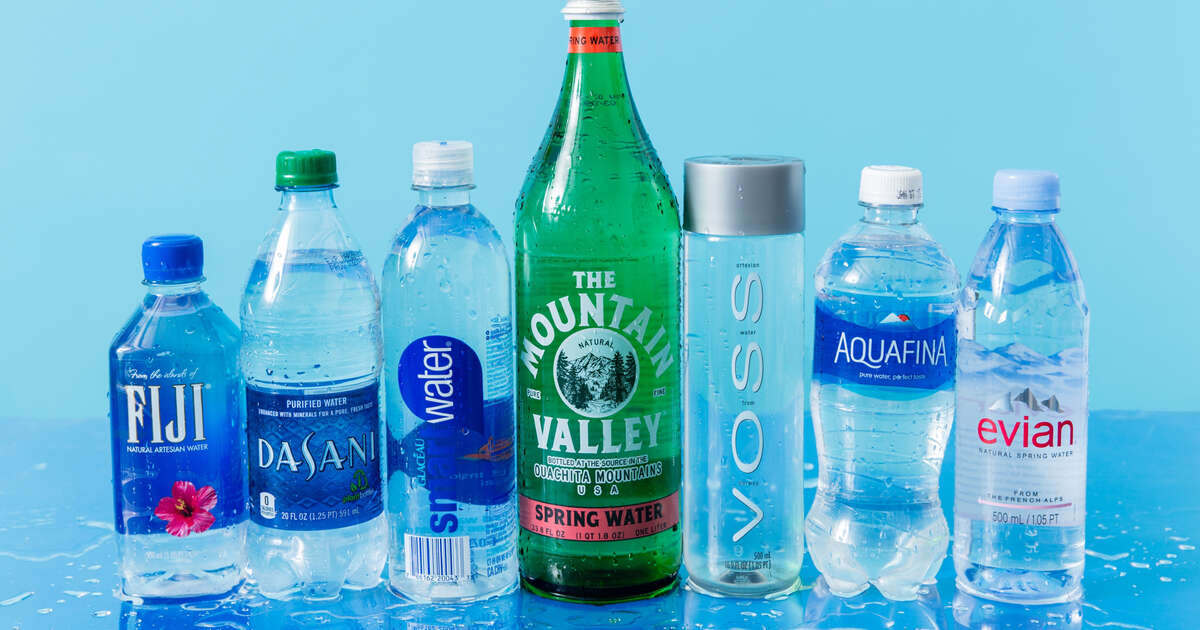
7. Not recycling or reusing stuffs.
People aren't reusing or recycling stuffs. Unbelievable.
8. Population.
This is one of the biggest reasons that is stopping us from preventing global warming. Leading to increasing our needs, more energy consumptions, food consumptions (farming and raising cattle lead to global warming since farming now use technology, cattle producing a lot of CO2 into the air...) , companies have to produce more goods for everyone to buy...


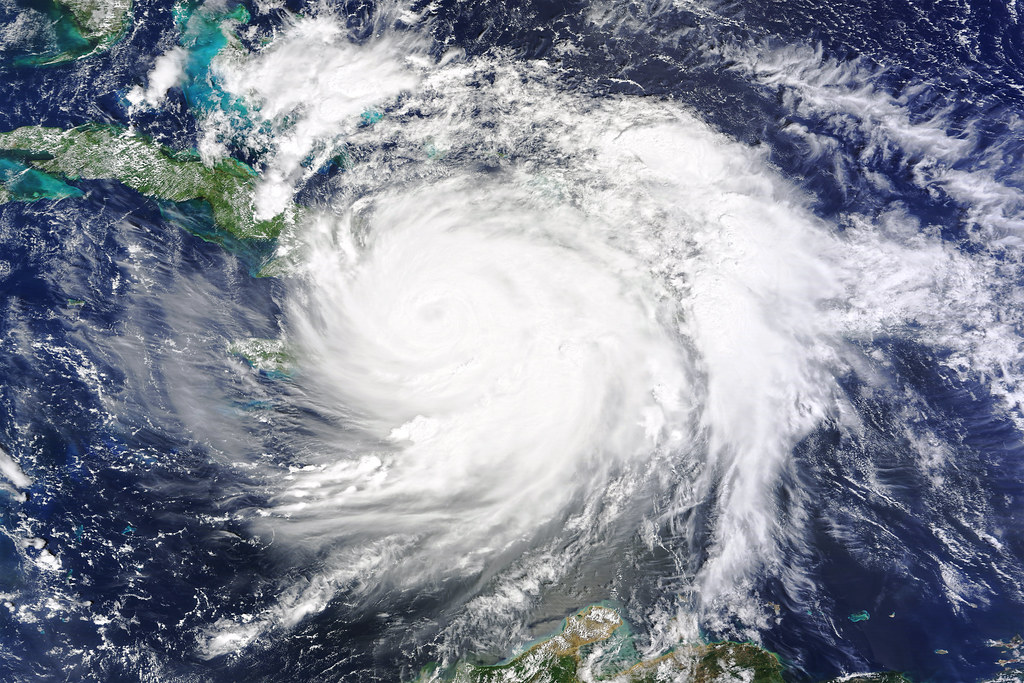
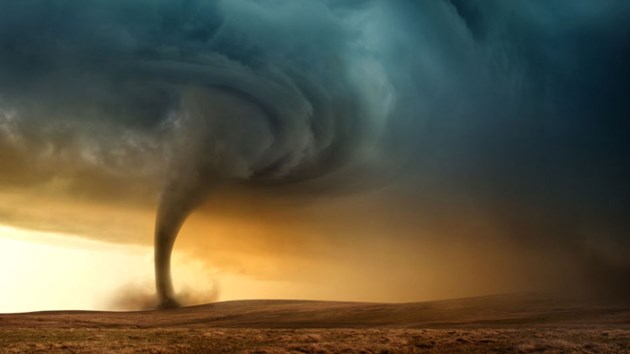



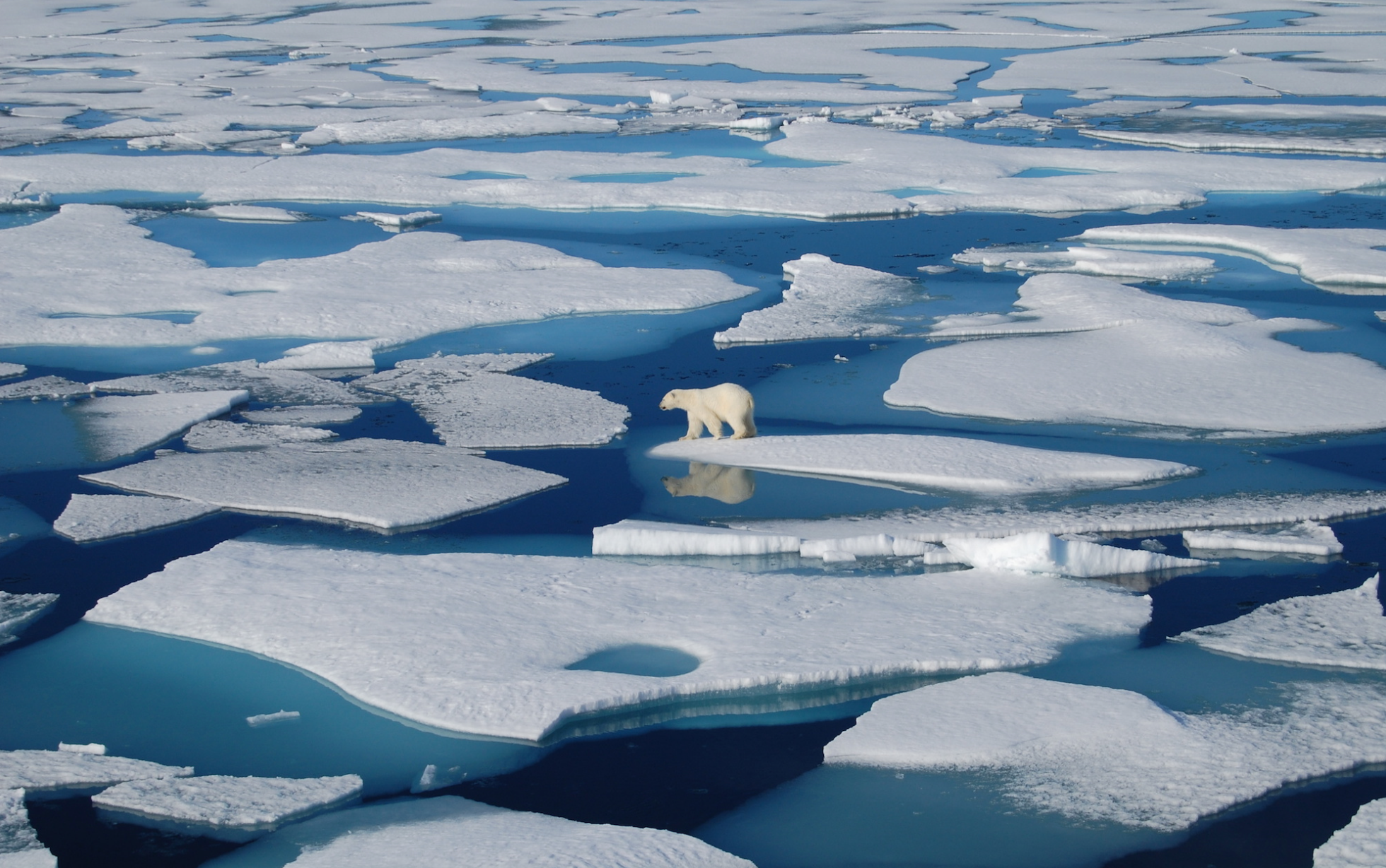








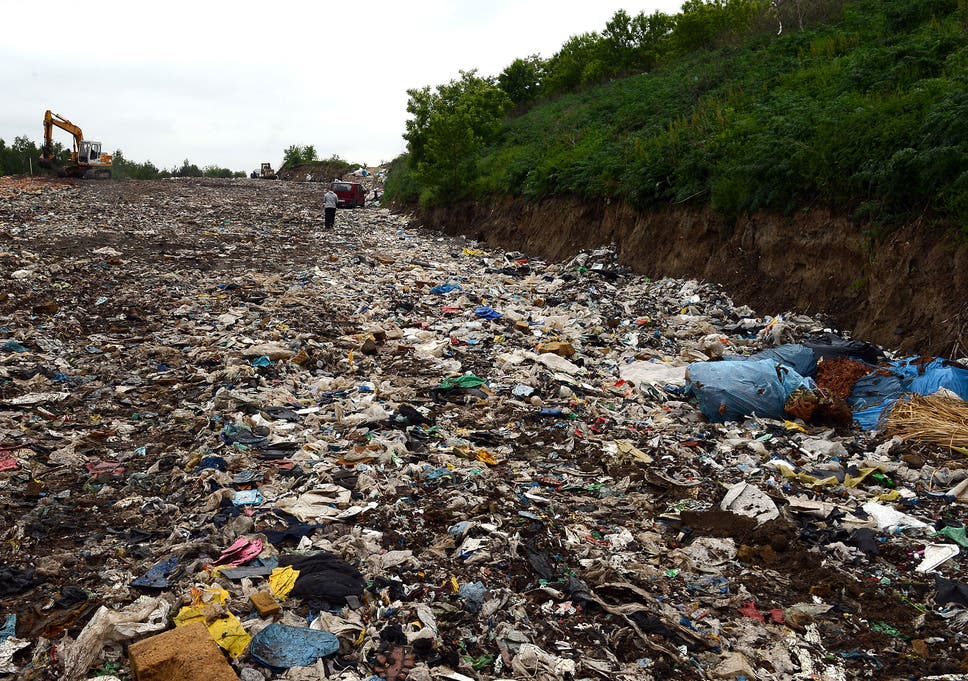

/https://public-media.si-cdn.com/filer/f3/8a/f38a1d1a-aaae-4a3c-abed-827596905ef9/istock_000047735718_large.jpg)


